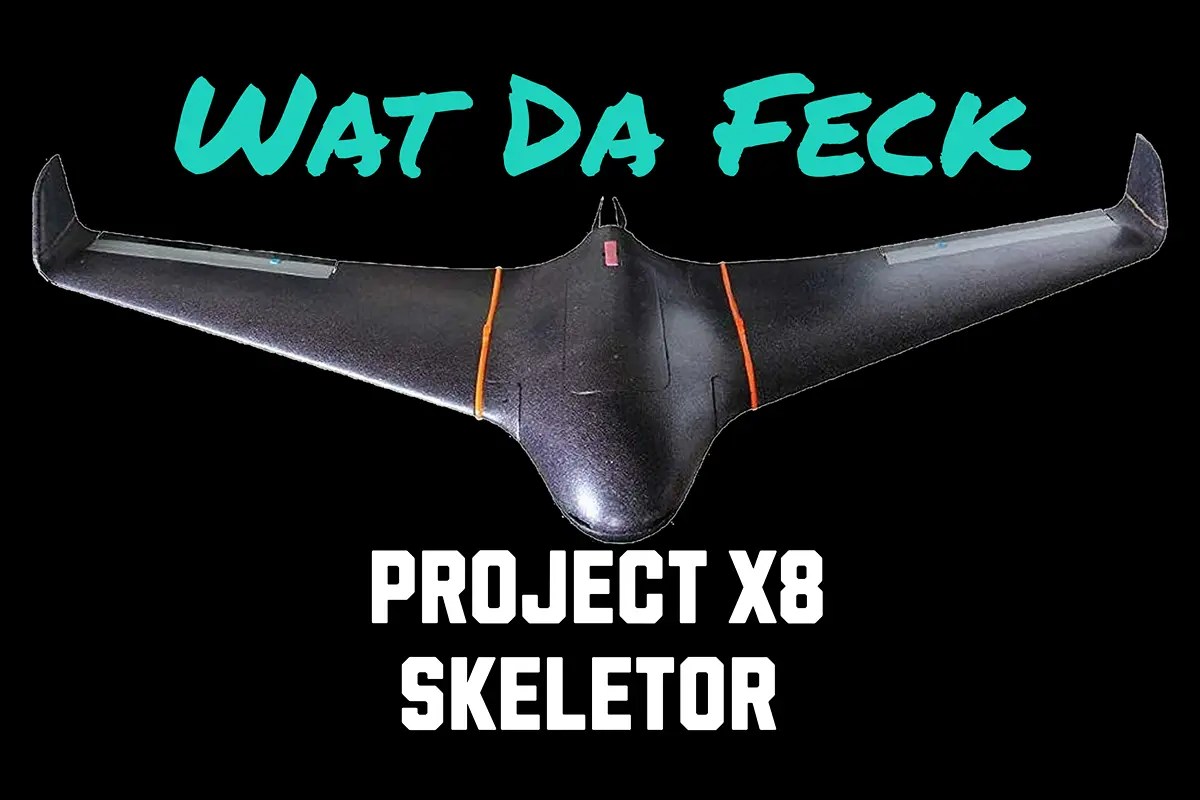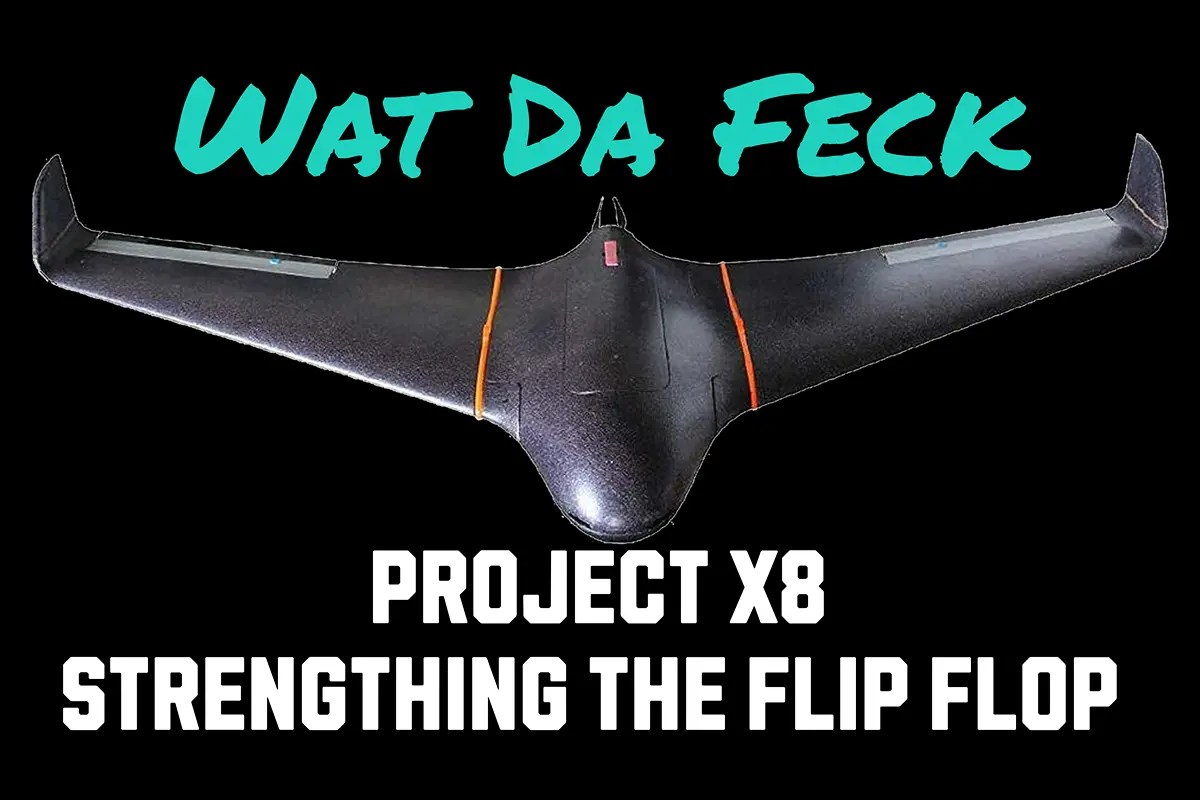There comes a point in every RC plane build where you look at your perfectly serviceable Skywalker X8 and say:
“Yeah, but what if it was bigger?”
For us, that moment came while staring at the x8 and thinking I need more stability in the wing for its chosen application, the rear stabiliser, and the wing root. Suddenly, the X8’s already impressive wingspan felt… insufficient. The solution? Extend the wings. Because if it works for airliners and albatrosses, surely it’ll work for a foam flying Dorito.
Why Extend the Wings?
The standard X8 wing is about 2,100 mm. That’s nice. But we wanted:
- More room for the booms – The booms aren’t decorative. They need space so that the rear stabiliser can do its job without the main wing’s turbulent air saying, “lol nope.”
- Better efficiency – Longer span = lower wing loading = smoother flight. It’s science. And also magic.
- Because we can – Let’s be honest, part of this decision was powered by coffee, hubris, and the classic maker instinct: if in doubt, add more carbon fiber.
So, we added ~40 mm at the root chord on each side. Suddenly, we had a wingspan closer to 2,180 mm. Not quite a glider, but enough to make storage awkward and doorways terrifying.
The Boom Calculations (aka “How Long Is Long Enough?”)
Booms are like that one friend who insists on personal space: they only work properly if you give them distance.
The rear stabiliser has to sit far enough back so the plane doesn’t handle like a shopping trolley with a broken wheel.
The math goes like this:
- The Mean Aerodynamic Chord (MAC) of the wing is ~440 mm.
- For stability, the tail moment arm (distance from wing aerodynamic center to stabiliser aerodynamic center) should be about 2–3 × MAC.
So:
- 440 mm × 2 = 880 mm minimum
- 440 mm × 3 = 1,320 mm ideal
We settled somewhere between those numbers. Not too short (or the plane would waggle like a drunk pigeon) and not too long (or we’d need an entirely new garage).
Rear Stabiliser Size: Small Tail Energy vs Big Tail Energy
Now for the stabiliser itself.
Too small? No authority. The plane would yaw around like it’s auditioning for Dancing on Ice.
Too big? Extra drag, extra weight, and the risk of looking like we glued a surfboard to the back.
Using the classic rule of thumb:
- Horizontal stabiliser area ≈ 20–25% of wing area
Our wing area (with extensions) is ~80 dm². So the stabiliser wants to be ~16–20 dm².
That translates nicely into our chosen stabiliser dimensions: 600 mm × 200 mm with a modest airfoil profile (because flat plates are for cutting cake, not aerodynamics).
Possibilities (a.k.a. What Could Go Wrong?)
- It works beautifully – We get a stable, efficient, long-range platform that tracks straighter than a laser pointer on catnip.
- It’s over-stabilised – The plane flies like a bus: stable but about as responsive as a wet sponge.
- We went too far – The wings flex, the booms vibrate, and the rear stabiliser becomes a very expensive flag.
Either way, we’ll learn something. And at worst, we’ve built the world’s largest foam boomerang.
Final Thoughts
Extending the wings and adding the stabiliser was a mix of calculation, instinct, and “well, why not?” It’s about creating a more stable X8 for autonomous flight, FPV, and long missions — but it’s also about tinkering, experimenting, and laughing at the occasional foam-based disaster.
After all, if you’re not occasionally standing in a field holding a wing half in one hand and a tail boom in the other saying “huh, interesting,” are you really even building planes?





